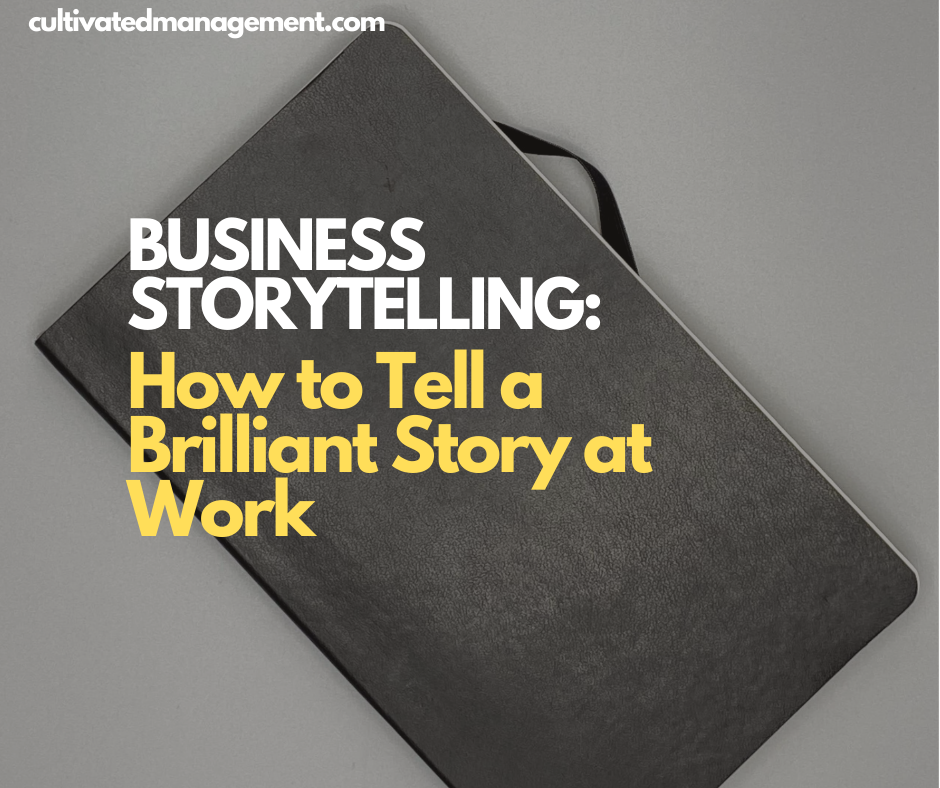
Business storytelling is everywhere – and for good reason. When done well, it communicates ideas effectively and motivates people to act.
In this post, I’ll share how I build compelling business stories based on my experience as a journalist, editor, and communicator.
From Journalism to Business Storytelling
Before working in business, I spent years in journalism and editing. I was the editor of a successful industry newspaper and have been creating content for over 20 years across blogs, books, and media channels.
Storytelling has always been at the core of my work, whether I realised it or not.
My degree in Media Science taught me how to take complex ideas and make them accessible to a target audience using the right medium – whether web, video, or audio. Good journalism teaches lessons we can all apply in business: ethics, data gathering, clear communication, and storytelling.
Business storytelling is about turning facts into engaging narratives that inspire action.
Why Business Storytelling Matters
Companies use storytelling in branding campaigns, change programs, and talent attraction. Yet many people often aren’t skilled at it. A key principle I teach in my consulting & training work, and through the communication superpower workshops, is that “stories go where facts cannot.”
Facts alone rarely move people – stories do.
In business, storytelling is based on facts, not fiction. Evidence-based stories reduce drama, prevent poor decisions, and help people understand why change matters.
A lesson I learned early in journalism: “If in doubt, leave it out.” Don’t mislead; focus on verified facts.
Stories can also be future-oriented. For example, the Painted Picture step in my Releasing Agility model uses today’s facts to tell a story about a better future. Effective storytelling bridges the current reality with the future vision and explains how challenges will be overcome.
👉 If you're interested in learning about business storytelling, check out the Storytelling Masterclass with a Sunday Times Top Ten best selling author.
The Human Element in Storytelling
Good stories are human. They show how people overcome challenges and grow. The classic hero’s journey – facing obstacles, finding help, and emerging transformed – works in business too.
In business:
- Current reality: Where we are now.
- Painted picture: Where we want to go.
- Obstacles: Problems we must solve to get there.
By framing business change as a human journey, you engage your audience and help them see their role in achieving goals.
How to Build a Business Story
Here’s a simplified version of Barbara Worth’s Story Build Plan, adapted for business:
- Define Purpose and Audience
Understand why you’re communicating and who your audience is. Tailor language, visuals, and style to their knowledge and perspective. - Set Goals
Stick to a single core idea. Business storytelling is about clarity – don’t try to cover every initiative at once. - Develop Your Idea
Gather facts, define the story arc, and expand key points. Tools like mind maps or sticky notes can help organize ideas visually. - Solidify Your Structure
Arrange your story with a strong beginning, middle, and end. Start with a punchy lead, build your narrative in the middle, and finish with a memorable conclusion or call to action. - Write the Story
Ensure every sentence advances the story and reinforces the core idea. Maintain momentum and clarity throughout. - Edit and Refine
Review for power and precision. Use active, vivid language to bring facts to life. Remove fluff – every word must serve the story. - Read Aloud and Test Flow
Make sure the story is engaging and easy to follow. Adjust for rhythm, clarity, and audience understanding. - Seek Feedback
Get input from a small, trusted team. Iterate based on insights while staying true to the facts and purpose of the story.
Closing Thoughts
Stories move people. Facts inform them. Combining both is the art of business storytelling. Always base your stories on evidence, and tell them in ways that resonate with your audience. Stories can inspire action, clarify complex ideas, and make your message memorable.
Remember: stories go where facts cannot. Use them wisely, ethically, and with purpose.
Bibliography
Chantler, P. and Stewart, P. (2009). Essential radio journalism : how to produce and present radio news. London: A. & C. Black.
Jordan (2022). Types of Stories: 7 Story Archetypes (and Ways to Use Them) – NN. [online] Now Novel. Available at: https://www.nownovel.com/blog/types-of-stories-archetypes/ [Accessed 11 Jan. 2023].
